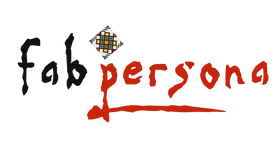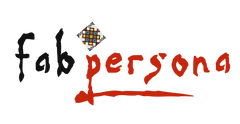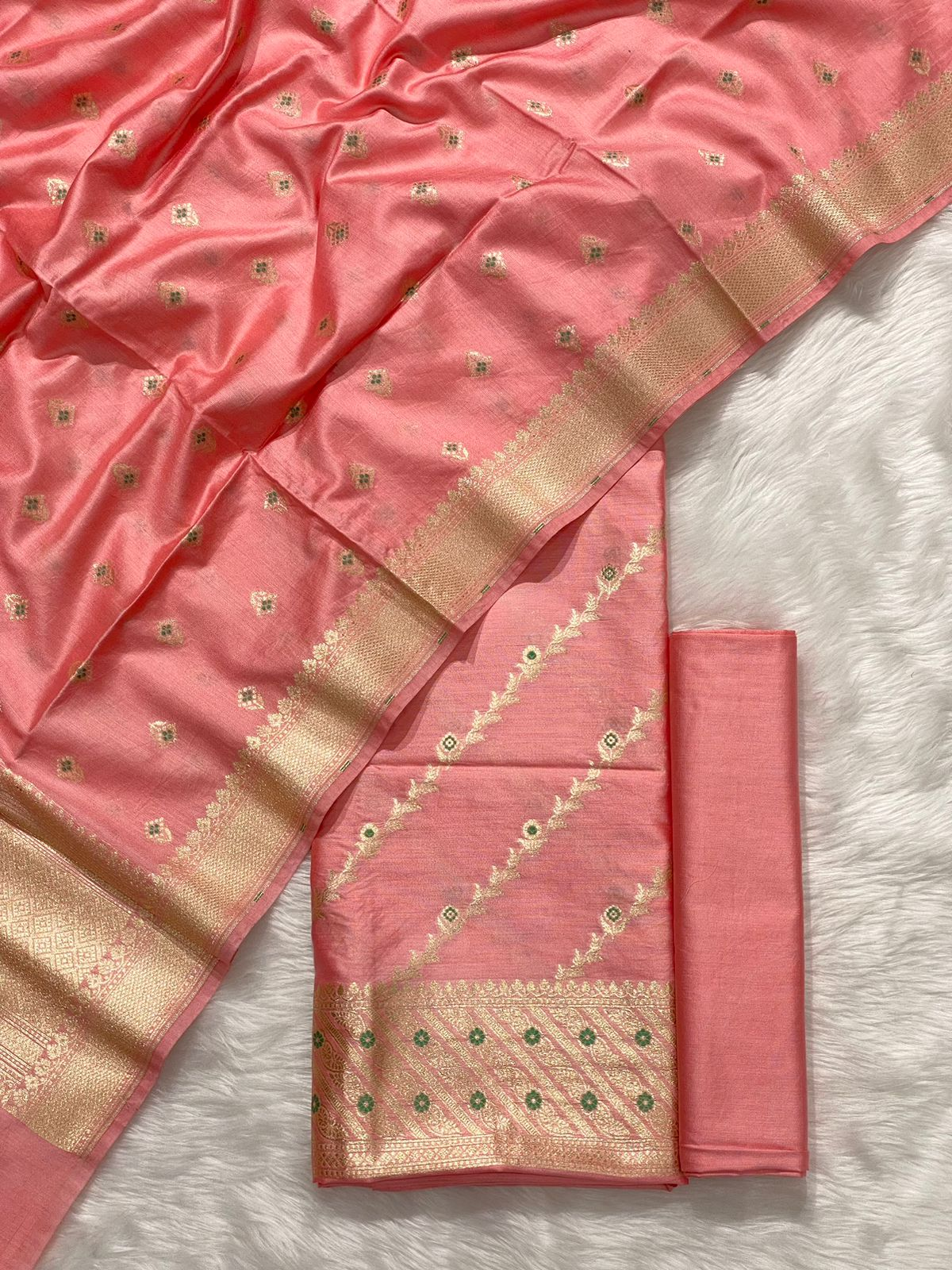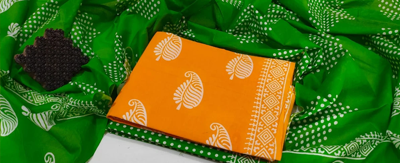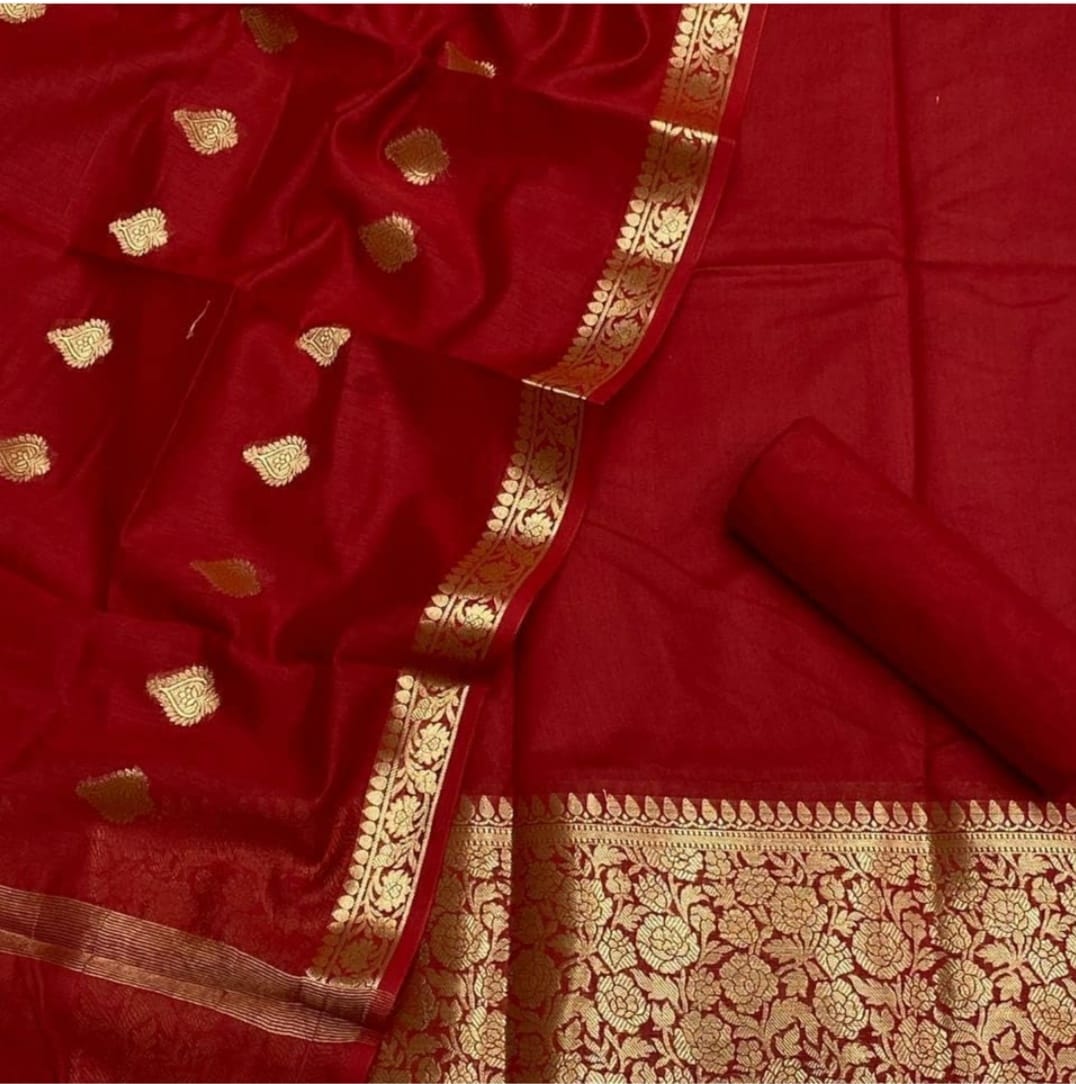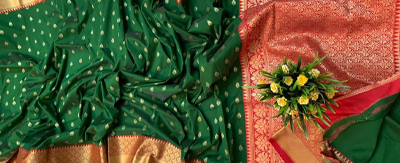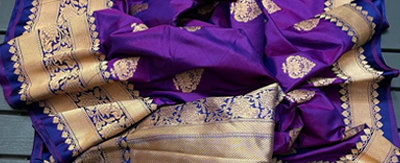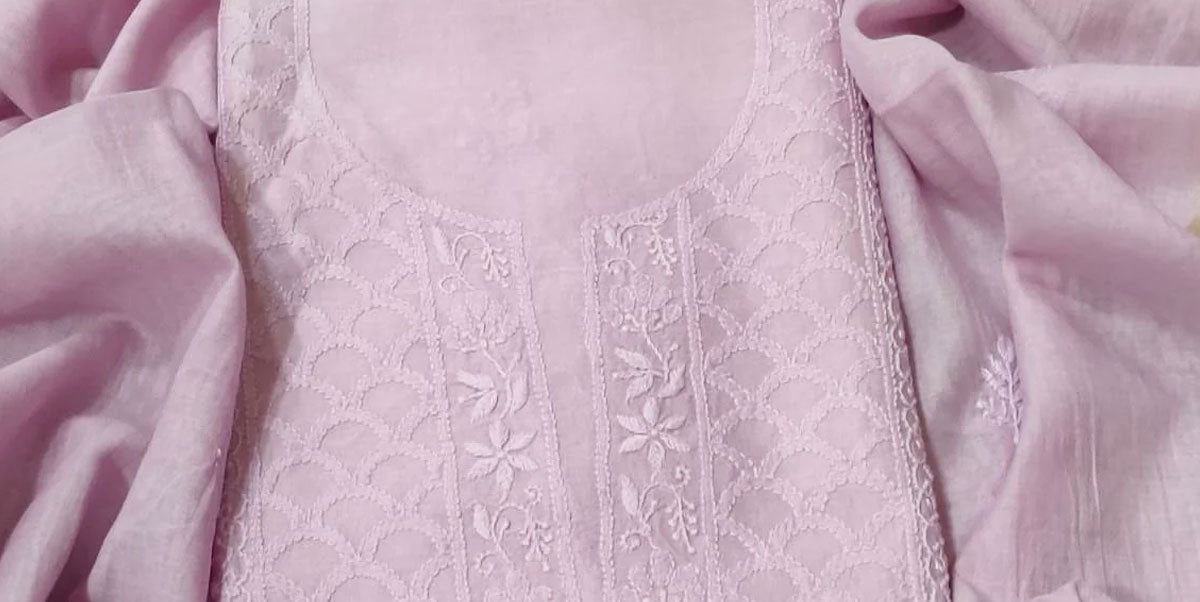People usually think that the only difference between machine embroidery and hand embroidery is the method used (machine embroidery is done by machine and hand embroidery is all about hand work). Still, the distinction goes much deeper than that. The belief is that embroidery work done by hand has a greater value - it is an expression of the maker, showing their feelings and emotions that machine embroidery lacks. As a matter of fact, there are numerous other differences as well. Find out more by reading on.
Hand embroidery and machine embroidery differ primarily in their sewing cycles. As an embroidery technique, hand embroidery considers a wide range of lines, strings, and textures. The weaver of each work finds it interesting. As a result of machine weaving, pieces are unusually uniform and, if different things are sewn together, they are generally indistinguishable from one another.
There are some limitations on the stitches, threads, and fabrics that can be used for embroidery in machine-made embroidery. Hand-embroidered pieces cannot be completed in a day; it may take several days or even weeks or months for them to be completed. Since hand embroidery has such a wide range of applications, every design is an original, unique piece of art. It is upto the maker’s intricacy and dedication that make every design a beautiful art. Every piece of work is done by artisans and each stitch of it has its own story on the back.
-
The chikan white suits are computer-produced with machine embroidery. Pre-made examples are fed into a computer program that controls the sewing on a weaving machine. In Lucknow Chikankari suits, all designs are uniform in their lines and each product looks the same. The stitcher's enthusiasm for fine art is unwavering. As directed by the PC design, the pattern will be sewn accordingly. As with hand embroidery, machine embroidery cannot have its strings separated. Normally, strings are made of rayon, polyester, or nylon, and they give the appearance of being real. The very few patterns that can be given a more dimensional look are due to the kind of sewing that needs to be done with machine embroidery. As a final note, machine embroidery has almost no "real value" since it is mass-produced.
-
A handwoven circle is made by extending the texture on a circle of wood or plastic. The size of the loop depends on the stitcher's comfort level, but a small circle is preferable so one can work with their hands under the area where they are sewing chikan white kurtas. Depending on the kind of Hand Embroidery chosen for the project, the size of the needle and string will differ. It is also a craft that the needle craftsman adds his own touch to, along with the needle and string decision. To accomplish lines takes a considerable amount of commitment and practice, yet if one can master it, it brings remarkable satisfaction to both the stitcher and the recipient. There is something special about each Lucknow chikan work suit and kurta embroidered by hand. Whether it is copied from a similar example or not, each piece is an exceptional masterpiece due to the needle craftsman's care (check out our unique product list of Lucknow Chikankari Suits).
The type of strings used in Hand Embroidery contributes to its uniqueness. Strings made of cotton or silk are commonly used. With certain Hand Embroidery lines, these strings possess great perfection and sheen, lending to the most wonderful concealing possible. Due to their different thicknesses, the strings can provide greater detail. What’s more? As a final note, Hand Embroidery serves as a token. Due to its meticulous nature and the fact that it requires work and imagination, it has "real value.
